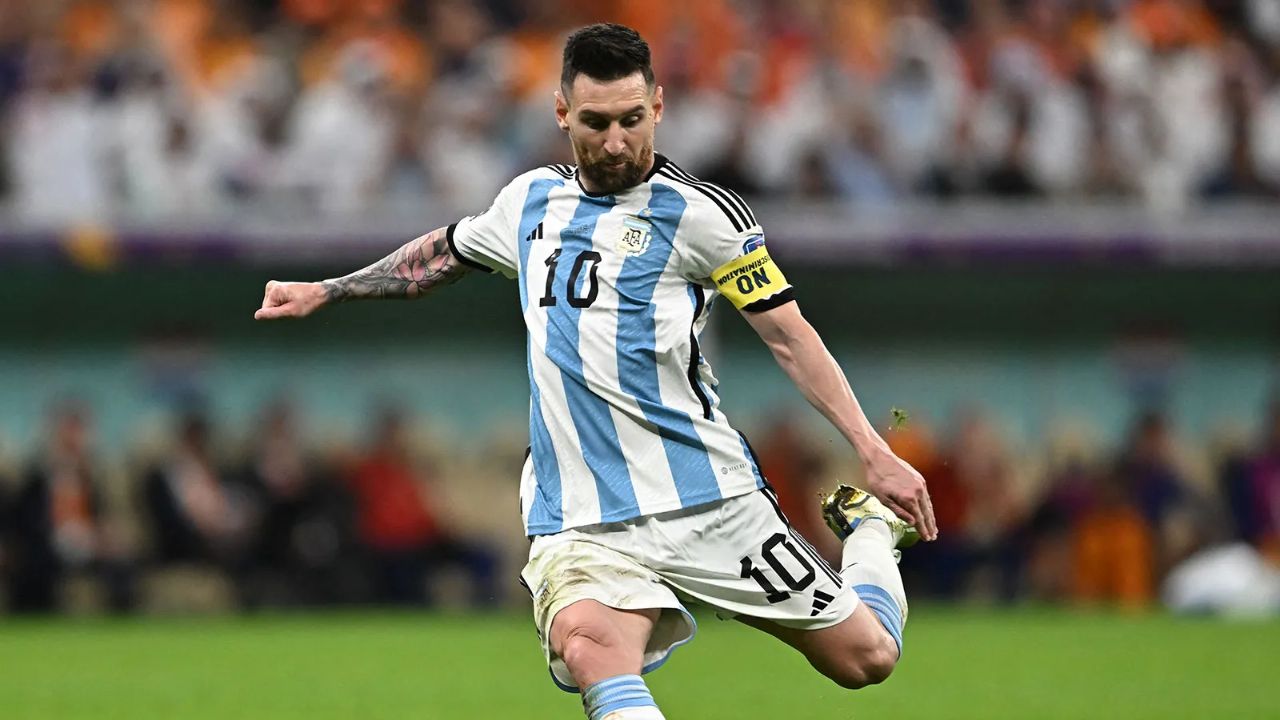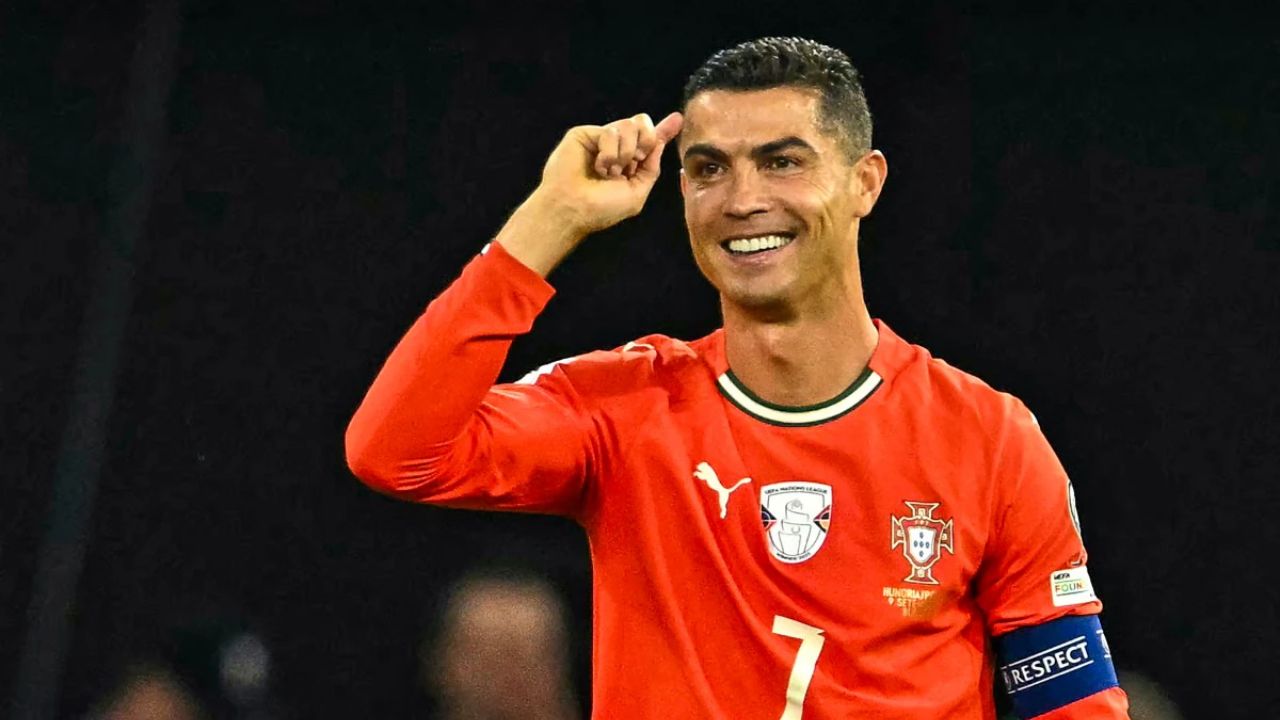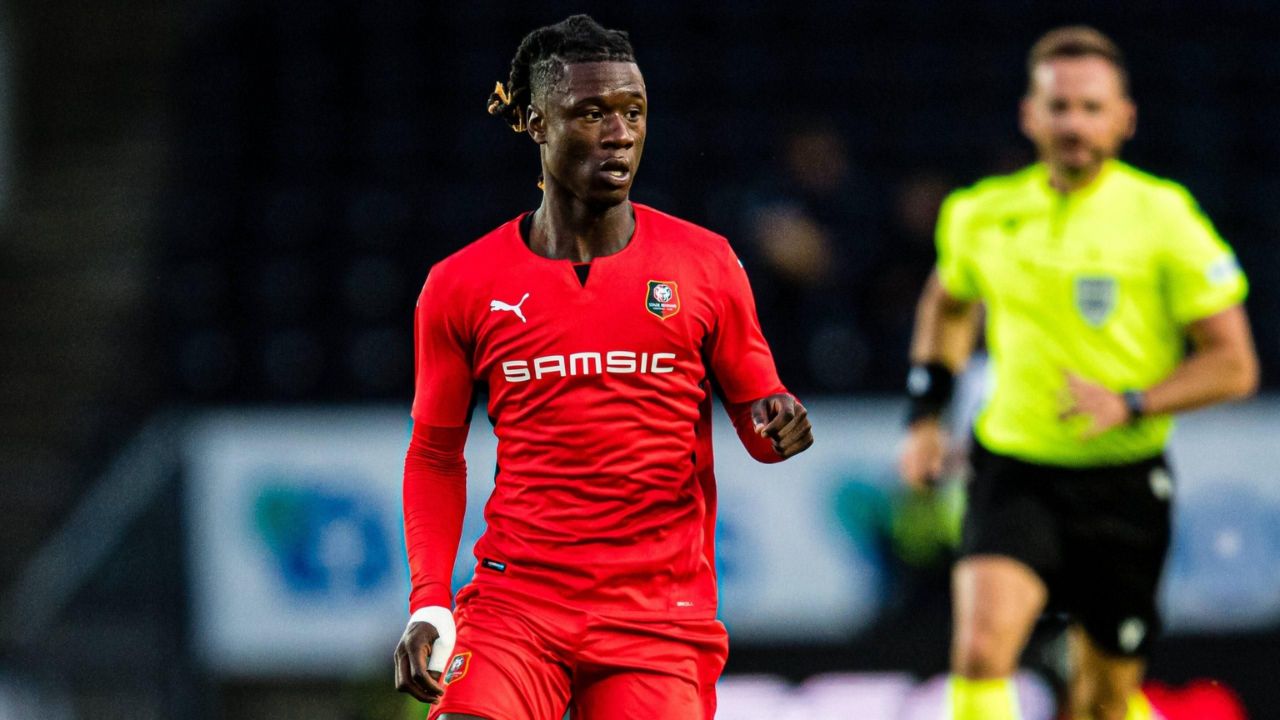70 Fascinating Facts About Diego Maradona: The Genius, the Rebel, and the Legend Who Defined Football!
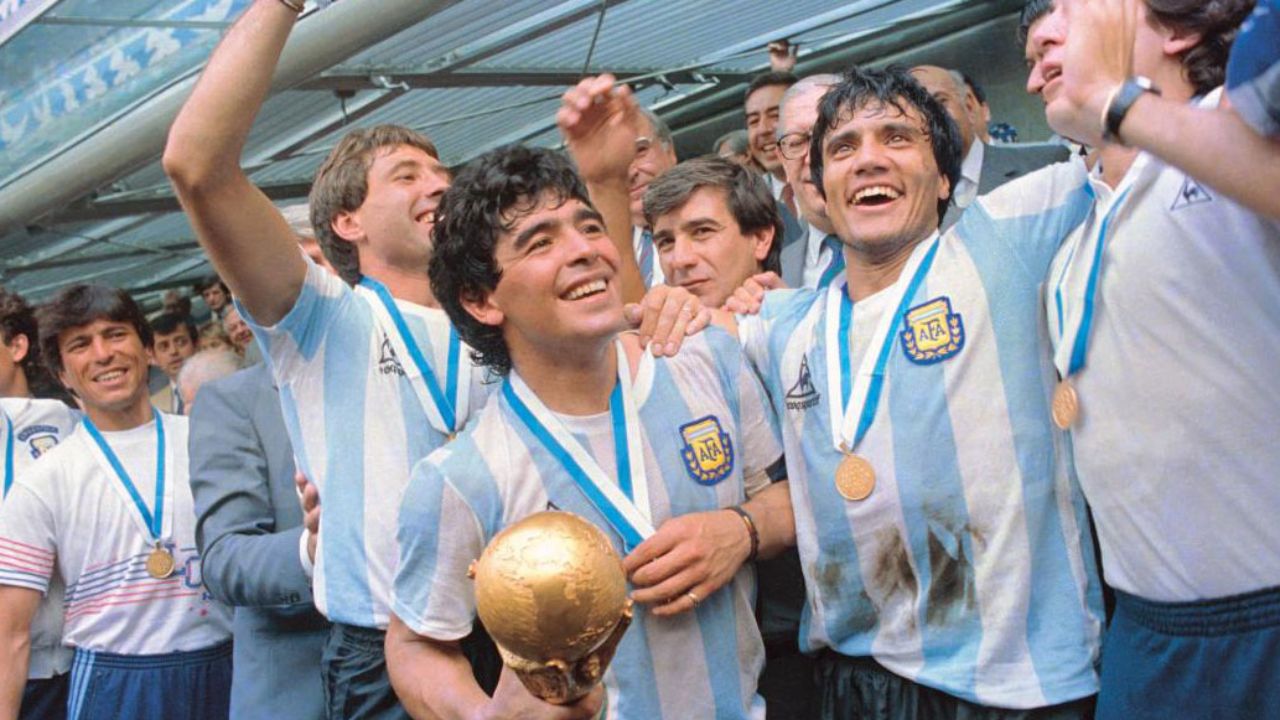
Introduction: The Eternal Flame of Football
Few names in football history ignite emotion quite like Diego Armando Maradona. To some, he was El Pibe de Oro — the Golden Boy. To others, he was a flawed genius who lived on the edge of chaos. But to everyone who ever watched him play, Diego Maradona was pure magic.
Born in 1960 in a poor neighborhood on the outskirts of Buenos Aires, Maradona rose from the dirt pitches of Villa Fiorito to become the greatest footballer of his generation, a symbol of hope, rebellion, and divine artistry. From his iconic “Hand of God” to his breathtaking solo goal against England, his career was filled with both triumph and turbulence.
As the football world continues to celebrate his unmatched legacy, here are 70 of the most interesting facts about the man who changed football forever — Diego Maradona.
Who Was Diego Maradona?
Diego Armando Maradona was an Argentine professional footballer and coach, regarded by millions as one of the greatest — if not the greatest — players of all time.
Read Also
He combined balletic dribbling, lightning pace, and visionary playmaking that made him almost unstoppable. He was not just a player; he was an artist who painted football’s most beautiful moments with his left foot.
Maradona’s genius extended beyond the field — he was a symbol of resistance, a hero to the poor, and a voice of the people. His charisma transcended football, turning him into a global cultural phenomenon.
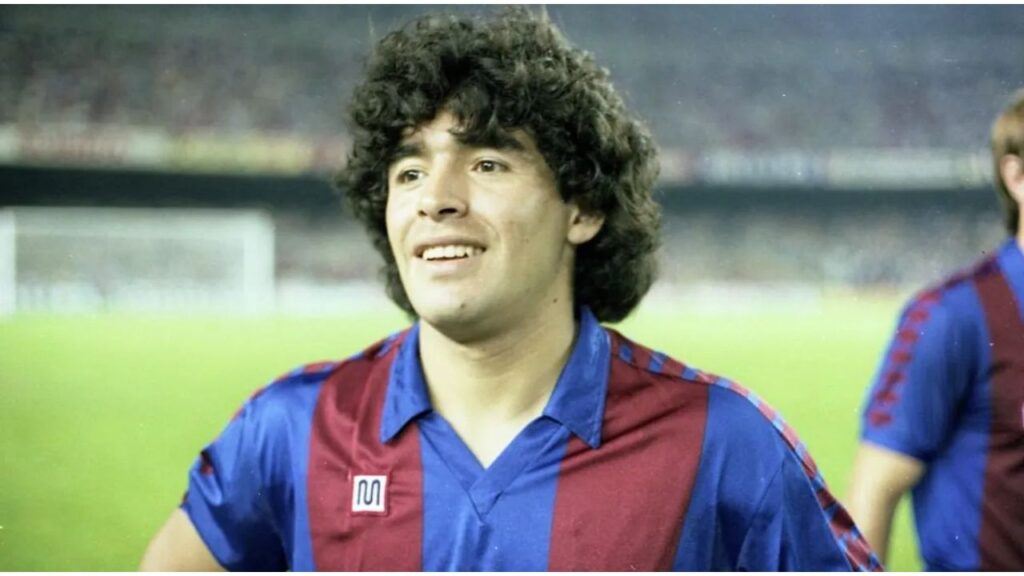
Maradona’s Early Life and Rise to Stardom
- Born on October 30, 1960, in Lanús, Buenos Aires, Argentina.
- He grew up in a shantytown called Villa Fiorito, one of the poorest neighborhoods in Argentina.
- His father, “Don Diego,” worked in a factory, while his mother, Dalma Salvadora Franco, cared for their eight children.
- Maradona’s first football gift was a leather ball he received at age three — he slept with it every night.
- At just 10 years old, he joined Los Cebollitas, a youth team affiliated with Argentinos Juniors.
- His extraordinary dribbling skills and creativity caught national attention when he was only 11.
- He made his professional debut at 15, playing for Argentinos Juniors in 1976.
- He scored 116 goals in 167 games for Argentinos Juniors before moving to Boca Juniors.
Napoli: The City and the Saint
- In 1984, Maradona transferred from Barcelona to Napoli for a then-world record fee of £6.9 million.
- Naples welcomed him like a savior — over 75,000 fans filled Stadio San Paolo on his unveiling day.
- He helped Napoli win their first-ever Serie A title in 1986–87, an achievement that made him a godlike figure in southern Italy.
- Murals of Maradona still cover buildings across Naples, symbolizing his eternal bond with the city.
- He also led Napoli to a UEFA Cup victory in 1989 — the club’s first European trophy.
- Maradona scored 115 goals in 259 matches for Napoli.
- The Stadio San Paolo was officially renamed Stadio Diego Armando Maradona in 2020 after his death.
World Cup Glory and Controversy
- Maradona played in four FIFA World Cups (1982, 1986, 1990, and 1994).
- His greatest moment came in Mexico 1986, where he captained Argentina to World Cup glory.
- He scored five goals and provided five assists — an unprecedented achievement.
- His infamous “Hand of God” goal came during the quarter-final against England.
- Just minutes later, he scored the “Goal of the Century”, dribbling past six English players to score.
- Argentina won 3–2 in the final against West Germany, securing Maradona’s place in history.
- He was awarded the Golden Ball as the tournament’s best player.
- During the 1990 World Cup in Italy, he guided Argentina to the final once again but lost 1–0 to Germany.
- In 1994, Maradona’s World Cup journey ended in disgrace after testing positive for ephedrine, a banned substance.
Awards and Honors
- In 2000, FIFA named him Player of the Century, jointly with Pelé.
- He was inducted into the Italian Football Hall of Fame in 2005.
- He entered the International Football Hall of Champions the same year.
- Maradona was named to FIFA’s 100 Greatest Living Footballers list by Pelé in 2004.
- In 2014, he was ranked the best dribbler in football history by FourFourTwo magazine.
- In 2017, a statue of him was unveiled in Kolkata, India, to honor his contribution to football.
Maradona the Manager
- Maradona began his coaching career in 1994 with Mandiyú and later managed Racing Club.
- In 2008, he became head coach of Argentina’s national team.
- Under his leadership, Argentina reached the quarter-finals of the 2010 FIFA World Cup.
- His tenure was marked by both brilliance and chaos — from bold tactics to explosive media outbursts.
- He later managed Al Wasl in the UAE and Dorados de Sinaloa in Mexico.
- His final managerial job was with Gimnasia La Plata in Argentina.
Controversies and Struggles
- Maradona’s life was marred by drug addiction, beginning in the mid-1980s.
- He was banned from football in 1991 after testing positive for cocaine.
- He was again suspended in 1994 during the World Cup for a failed drug test.
- In 2000, he suffered a near-fatal heart attack due to a cocaine overdose.
- After recovery, he became an anti-drug advocate and motivational speaker.
- His outspoken nature often led to feuds with journalists, politicians, and even FIFA officials.
- Despite his flaws, Maradona remained adored by millions who saw his humanity through his imperfections.
Famous Quotes About Maradona
- Pelé: “Maradona was a great player, but there will only ever be one king — and that is me.”
- Lionel Messi: “Even if I played for a hundred years, I could never be like Diego.”
- Gary Lineker: “He was the most complete player I’ve ever seen. What he could do with a football was unbelievable.”
- Diego himself: “If I were born poor, it’s because God wanted me to help the poor with my football.”
Maradona in Popular Culture
- The movie “Maradona by Kusturica” (2008) chronicled his tumultuous life.
- Netflix’s “Maradona: Blessed Dream” series explored his rise and fall.
- Songs like “Santa Maradona” by Mano Negra and “Maradona” by Andrés Calamaro were written in his honor.
- He appeared in numerous documentaries, interviews, and global campaigns celebrating his legacy.
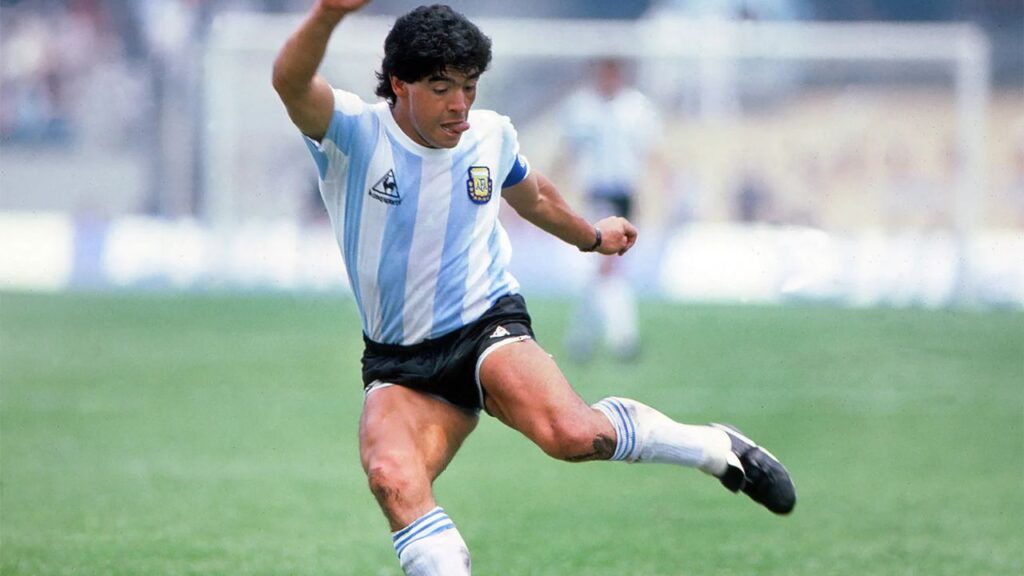
Maradona’s Final Years and Legacy
- Maradona passed away on November 25, 2020, at the age of 60, due to cardiac arrest.
- His death triggered three days of national mourning in Argentina.
- Millions of fans poured into Buenos Aires streets to bid farewell.
- His coffin was displayed in the Presidential Palace (Casa Rosada) in Argentina.
- Napoli retired the number 10 jersey permanently in his honor.
- Argentina’s national team still honors him before major matches with moments of silence and tributes.
- Maradona’s home in Buenos Aires has been turned into a museum.
Interesting Tidbits: 12 Things You Might Not Know
- Maradona’s first professional goal came against San Lorenzo in 1976.
- He once scored directly from a corner kick — twice in one season!
- He wore golden earrings during his Napoli days, a trademark look.
- He had five children, including Diego Sinagra, who played professional football in Italy.
- Pope Francis, also from Argentina, was an admirer of Maradona’s compassion for the poor.
- Maradona once gifted his 2000 FIFA Player of the Century trophy to the people of Naples.
- He met Fidel Castro and Hugo Chávez, forming close political friendships.
- His autobiography, “Yo Soy El Diego,” became a bestseller worldwide.
- He coached Lionel Messi during the 2010 World Cup — a historic mentor-mentee pairing.
- Maradona’s left foot was insured for $10 million by Napoli.
- He was nicknamed “El D10S” — combining his shirt number (10) and the Spanish word for “God.”
- Even today, fans in Argentina celebrate “Maradona Day” every October 30th.
Conclusion: A Legend Who Never Dies
Diego Maradona was more than just a footballer — he was a revolution wrapped in a jersey. His story is one of struggle, redemption, and brilliance that transcended the sport.
He reminded the world that football is not just a game — it’s emotion, art, and soul. From the slums of Buenos Aires to the glory of Naples, Maradona carried the hopes of millions on his shoulders and played as if the ball was part of his being.
Even in death, his spirit lives on — in murals, songs, and every child who dreams of kicking a ball and defying the odds.
